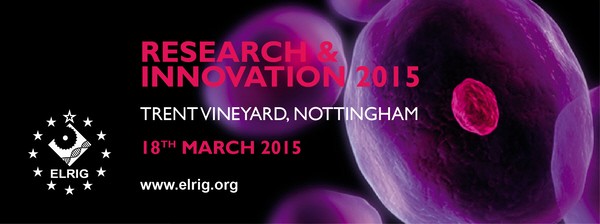Discussion
Performing phenotypic cell based assays for primary screening campaigns is not a trivial exercise. Key factors include the culture of large numbers of cells, their plating into microplates, and the complexity of the assay protocol being applied. So-called high content assays are amongst the most demanding since they involve multiplexing of fluorescent dyes, proteins or probes. Most high content imaging systems offer limited capability for primary screening full compound libraries due to their low throughput, large data files and incompatibility with high-density microplates, making them impractical to deploy such systems for full deck library high-throughput screening. As a result when using this approach, a comprise is taken to screen only much smaller library subsets. Such a targeted approach reduces the power of using a phenotypic screen. Laser-scanning imagers, such as the acumen, combine the object-recognition capabilities of CCD microscope based systems with the fast read speeds of bulk fluorescence readers (typically 5 minutes per plate) which are compatible with primary full deck compound library screening campaigns. 96-, 384- and 1,536- well microplates can all be analysed at equivalent plate read times since scanning is performed on an area and not well basis. Once wells containing ‘hit’ compounds have been identified, the open source TIFF for that well can either be analysed using 3rd party image analysis software, or the plate can be moved directly to an imaging device for further interrogation of the wells of interest using a high magnification lens and complex image analysis algorithms. Here we model the integration of the acumen for practical high-throughput, full deck phenotypic screening in capacities up to over 300,000 wells/screening day, with the ability to then automatically run secondary screening in an imaging mode.

